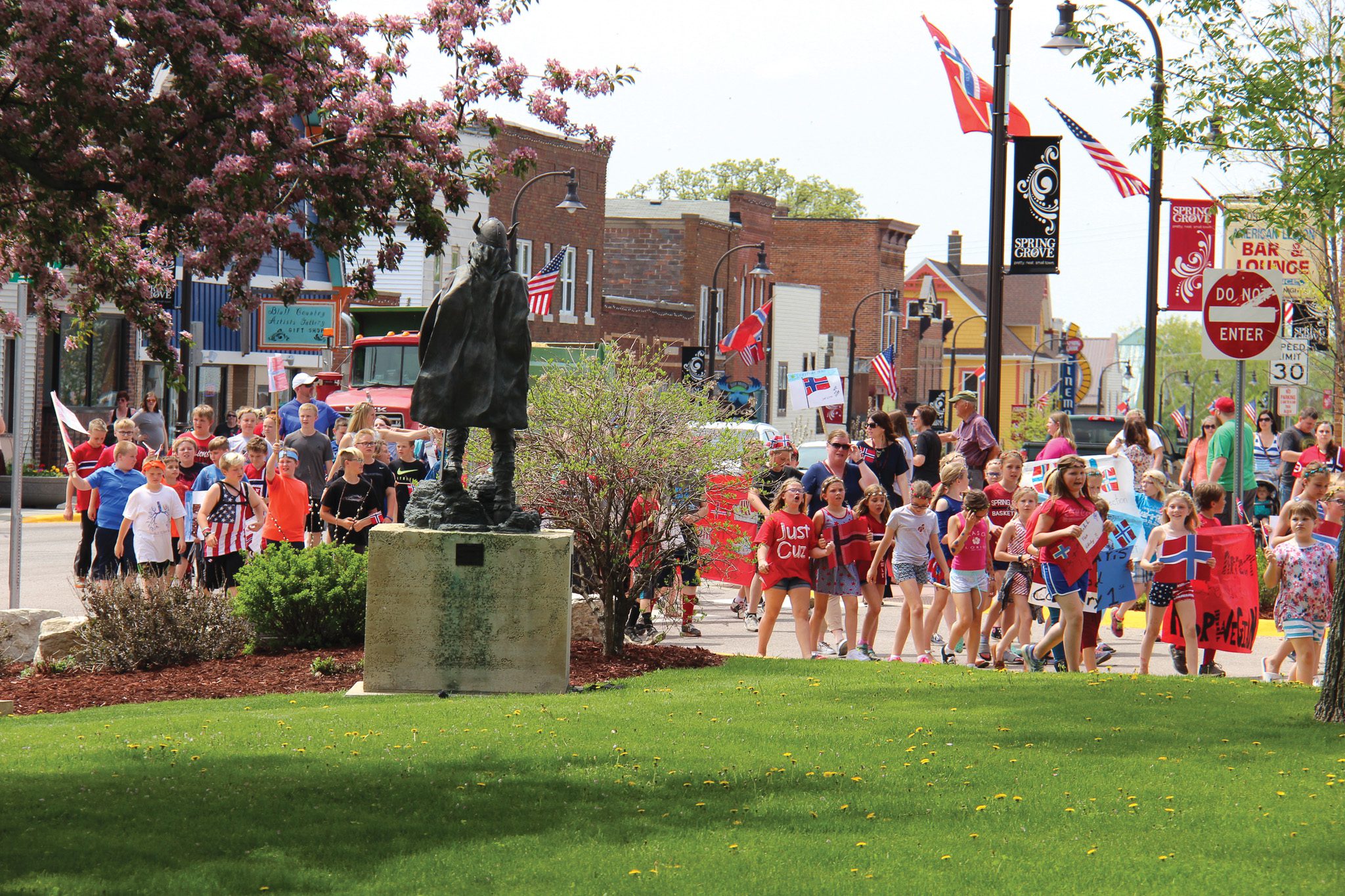Woodpeckers: Pecking for a Living
In 1940, as Walt Disney’s Pinocchio wobbled across the big screen, a lesser-known creative genius gave rise to another cinematic icon. Woody Woodpecker, an irascible bird with a spiky red doo, impish grin, and signature laugh, leaped off cartoonist Walter Lance’s drawing table and into movie theaters. Modeled after North America’s Pileated Woodpecker, Woody’s celebrity eventually landed him on Hollywood’s Walk of Fame, indelibly popularizing woodpeckers in modern culture.
True to its name, a woodpecker’s life is about pecking. All share anatomical features that make them uniquely “woodpecker.” Special musculature in and around their heads holds their brain in place while they furiously peck away – no need for aspirin. Stiff tail feathers prop them vertically against trees to enable the business of pecking. Specialized feet with two toes pointed forward and two pointed backward, “zygodactyly” in the parlance of ornithologists, enable them to easily grip even the smoothest bark.
Winter is ideal for woodpecker viewing. Leafless trees offer unobstructed views of these forest-dwelling dynamos. Their inclination to make noise gives them away. As cold winter days slowly lengthen, woodpeckers begin to drum. Short, staccato bursts are a percussive proclamation of territory and a sure sign that spring is indeed on the way. Heavy, chisel-like bills facilitate excavation of wood to find insects and create nest holes. They’re so adept at woodwork, in Latin America woodpeckers are known as “pájaros carpinteros“ – bird carpenters.
An industrious lot, woodpeckers excavate new nest holes every year. The previous year’s holes don’t remain unoccupied for long. Tree cavities are prime real estate. A host of species unable to excavate wood – chickadees, nuthatches, titmice, owls, and even Wood Ducks – depend on prodigious woodpeckers for a constant supply of much needed housing. That, in turn, is dependent on an abundance of dead trees, a critically important resource for healthy woodpecker populations.
Driftless forests support seven species of woodpeckers. The largest, the Pileated, is a crow-sized behemoth. It’s resonant “cuk-cuk-cuk-cuk” vocalization echoes throughout wooded coulees. Deep, rectangular excavations in tree trunks skirted with piles of woodchips are evidence of a bird more often heard than seen.
Our smallest woodpecker, the diminutive Downy, is dressed in snappy black and white. A mere six inches long, these tiny acrobats easily explore the underside of branches and are often seen perched on goldenrod stems searching for insects. The Downy Woodpecker is a frequent backyard visitor.
In terms of pure panache, the Red-headed Woodpecker gets top billing. An impossibly red head sits atop a boldly patterned back and white body propelled by equally striking wings. The mere glimpse of a flying “red head” elicits oohs and ahhhs. In a manner reminiscent of flycatchers, red heads frequently dart out from dead trees to snatch insects in mid-air, a behavior known as hawking.

The Northern Flicker seems “less woodpecker” than its cousins. The large, jaunty bird sports crisp polka dots on a mocha-colored body. The only woodpecker to routinely forage on the ground, flickers have a propensity for ants. They’re often seen hopping like robins, opportunistically “excavating” anthills while searching for tasty ant larva. Flickers are snowbirds, heading to slightly warmer climes – Missouri and Arkansas – to spend the winter.
In the woodpecker world, the prize for fine dining goes to Yellow-bellied Sapsuckers. A smallish woodpecker bedecked in black and white, their scarlet forehead distinguishes them from similar looking species.
As their name implies, sapsuckers have a proverbial sweet tooth. They drill rows of small holes known as sap wells into tree trunks to release sugary sap. Brushy tipped tongues enable them to efficiently lap it up. Clusters of sap wells attract a host of additional species, including hummingbirds, searching for a quick slurp… or the insects also attracted to sap. It just so happens sap wells can be life savers for hungry birds when early spring weather takes a turn for the worse. When you can’t find bugs, you can always rely on sap. That makes these feathered confectioners vitally important members of their woodland neighborhoods.
Most Driftless woodpeckers are steely enough to endure the Upper Midwest’s snowy climate. This winter, when you’re itching for a change of pace, put on your boots and gloves and head out. A quiet foray into your local grove is sure to yield a glimpse of these fascinating woodland carpenters.














